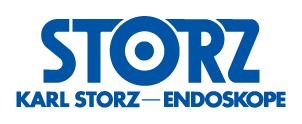Otology
August 15th, 2025
Commonly the ear diseases are diagnosed by visualization of ear canal, with or without handheld 2.5X magnification otoscope, followed by taking cultures or cytology samples. Diagnosis is made which includes bacterial infection, environmental or food allergy, and atopic dermatitis. In medical field this is identified as a convenient diagnosis. Invariably the treatment plan fails, ear disease keeps progressing, and the ear turns into an end stage condition. Final outcome is TECA (Total Ear Canal Ablation) and owners consider it as a barbaric procedure.
Diagnosis of ear diseases requires identification of the underlying conditions that created ear disorder. Diagnosis of ear disease requires detail understanding of ear anatomy and physiology, diseases affecting different anatomy of the ear, diagnosis of ear conditions (over 106 conditions we have identified), what treatment each condition would need, how to get to the complex ear anatomy where the disorder has taken place and needed intervention to treat diseased ear. To achieve successful ear treatment, visualization is the most important step; otherwise ear treatments are done blindly leading to failure after failure. Endoscopy is needed to visualize the ear disease, diagnosis the ear disease, treat the ear disease and observe the follow up evaluations. Course is designed to get deep into how to use otoscope to identify, diagnose and treat most common ear conditions seen in veterinary medicine. Learn different techniques and use of micro-instruments needed to perform most successful endoscopic ear treatment.
FACULTY:
Dr. Munir Kureshi, DVM
Cupertino Animal Hospital
Instructor
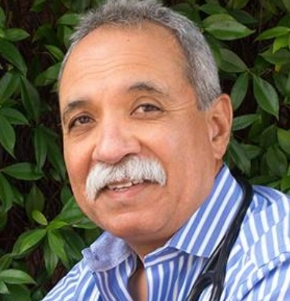

Time | Topic |
7:45AM – 08:00AM | Light Breakfast, Coffee and Welcome |
8:00AM – 9:00AM | Introduction to veterinary otology. Where it is and where it needs to be. Review ear physiology and endoscopic ear anatomy. |
9:00AM – 9:50AM | Otology – Overview of endoscopic instruments and how, when, and where to use them. |
10:00AM – 10:50AM | Veterinary Rhinology I – Canine Rhinoscopy |
11:00AM – 11:50AM | Veterinary Rhinology II – Nasal Mass Resection |
12:00PM – 1:00PM | Lunch Provided |
1:00PM – 5:00PM | Lab Time, Six Stations Otology Demo to include visualization of key anatomy, utilization of Vetpump 2 for flushing/suction, Tympanoplasty. Rhinology Demo to include Dry Rhinoscopy, visualization of key anatomic structures. |
6:30PM | Optional Dinner – To Be Determined |
Rhinoscopy
August 16th, 2025
Because there is no ENT specialty in veterinary medicine, rhinoscopy has been relegated to internal medicine. Today, veterinary teaching hospitals are training their students and residents to perform rhinoscopy using continuous fluids through a cystoscope sheath with a 30-degree multi-purpose endoscope. This technique prevents blood from clotting and gives a limited field of view among other disadvantages. Flushing fluids through the nose for rhinoscopy is unheard of in human medicine. Also, in veterinary medicine, it is extremely rare to remove nasal tumors endoscopically. The only management offered for nasal tumors is radiation therapy. After radiation therapy, 80-90% of nasal tumors persist in varying degrees described as partial remission or stable disease. Dogs continue to suffer from residual tumor burden in the nasal cavity. We can do better. The “gold standard” for human nasal tumor management is first endoscopic transnasal tumor resection followed by ancillary radiation therapy if necessary.
The purpose of this workshop is to train veterinarians to perform dry rhinoscopy and to learn how to perform a variety of endoscopic therapeutic procedures within the nasal cavity including nasal tumor resection. The workshop attendees will learn pertinent CT and endoscopic nasal anatomy, techniques to perform dry rhinoscopy, instrumentation and instrument handling, how to perform turbinectomy, treat nasal aspergillus, foreign body removal and tumor removal.
FACULTY:
Dr. Clayton Watkins, DVM
VetMed Consultants
Instructor
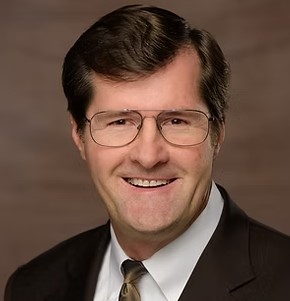
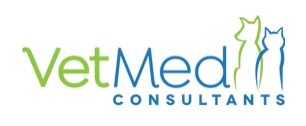
Time | Topic |
7:45AM – 8:00AM | Light Breakfast, Coffee and Welcome |
8:00AM – 8:50AM | Otology: Endoscopic diagnosis and case study. |
9:00AM – 9:50AM | Otology: Endoscopic diagnosis of most common ear disorders. |
10:00AM – 10:50AM | Veterinary Rhinology III Canine Nasal Disease |
11:00AM – 11:50AM | Veterinary Rhinology IV Feline Rhinoscopy, V Feline Nasal Disease. |
12:00PM – 1:00PM | Lunch Provided |
1:00PM – 5:00PM | Lab Time, Six Stations Otology Demo to include feline ventral bulla osteotomy (Feline and/or Canine) Rhinology Demo to include turbinectomy |
5:00PM | End of Labs |
LOCATION:
VetMed Consultants
6221 Highland Drive
Holladay, UT
PRICING:
$1,995.00 USD
$800.00 USD
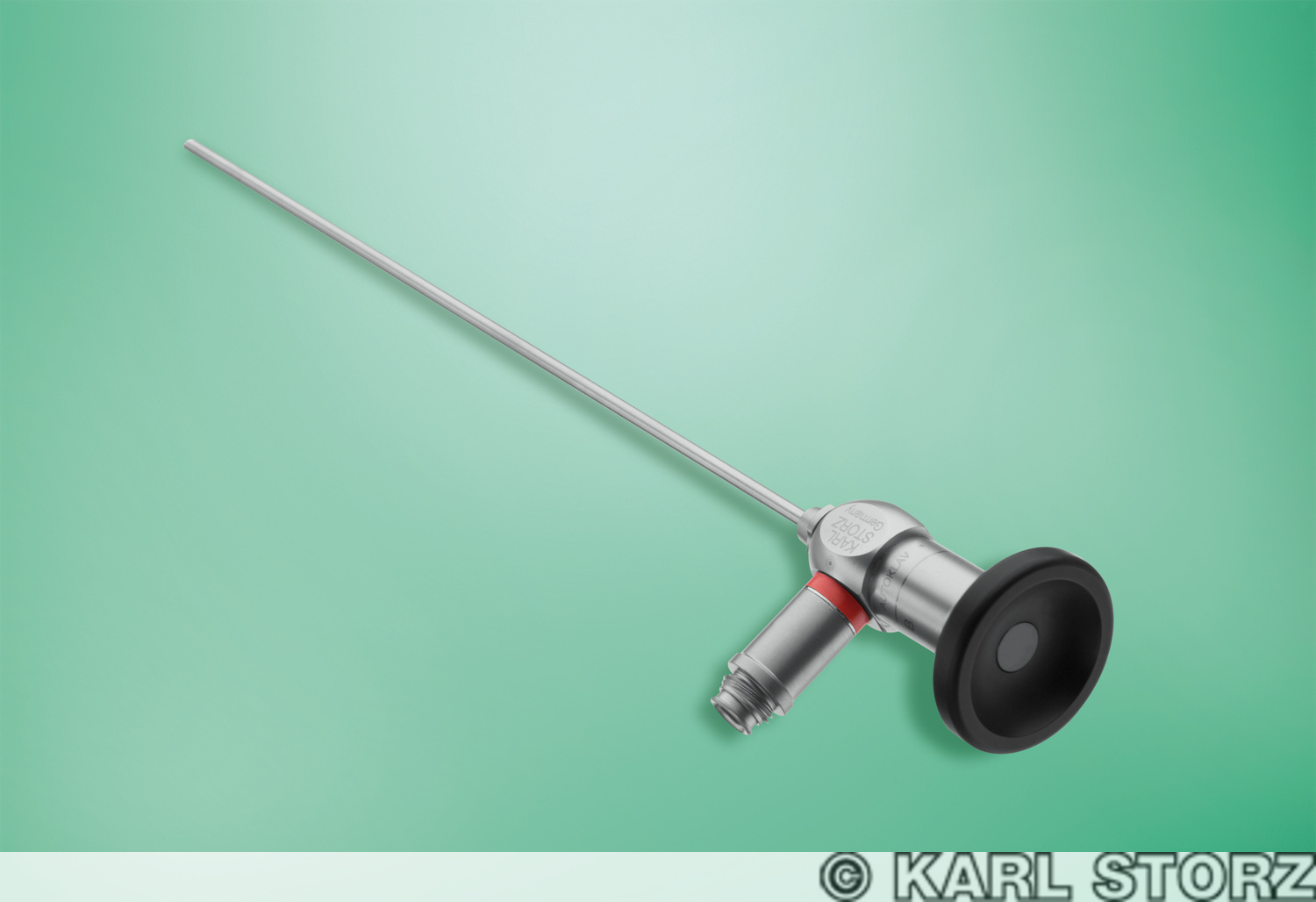
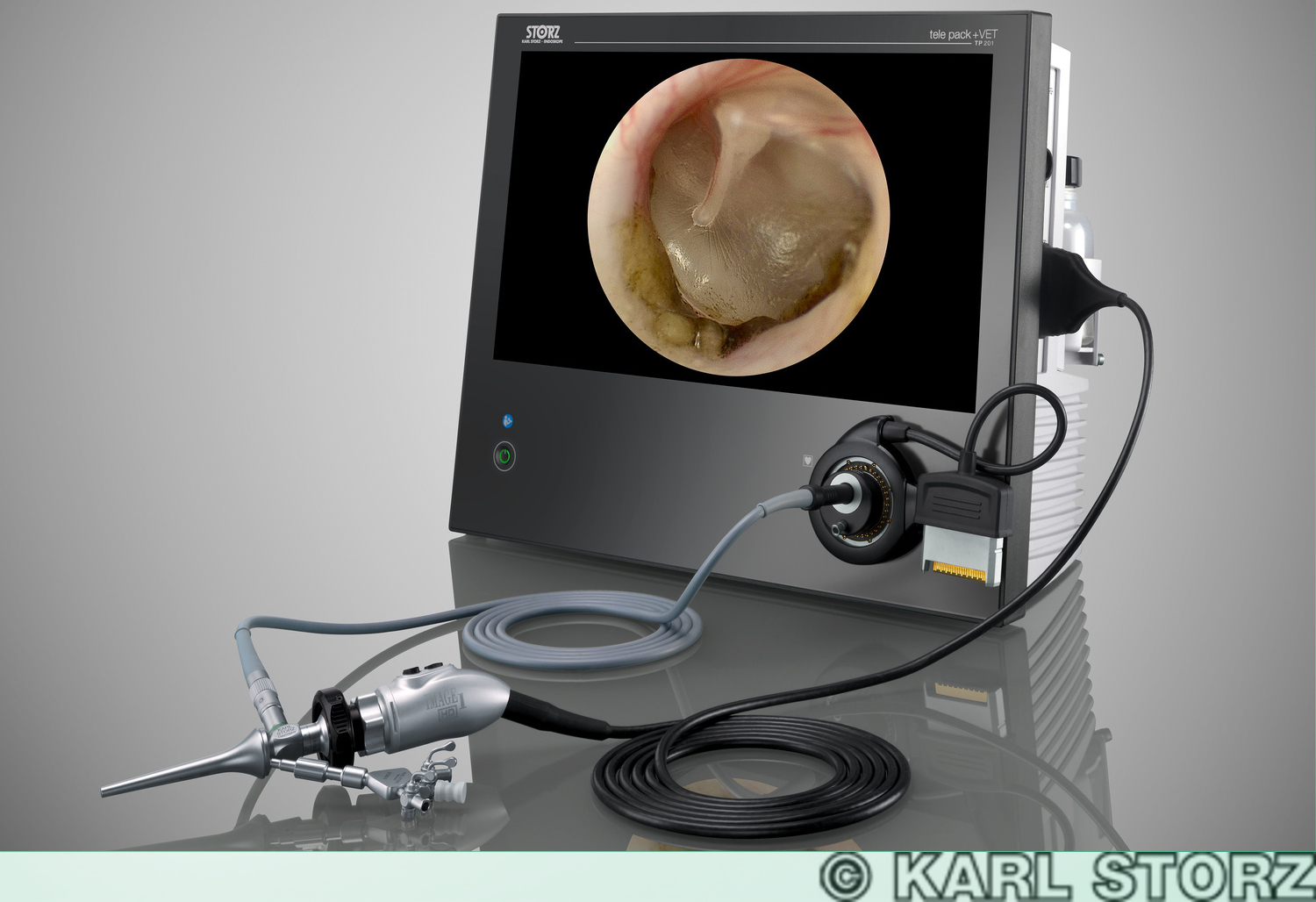
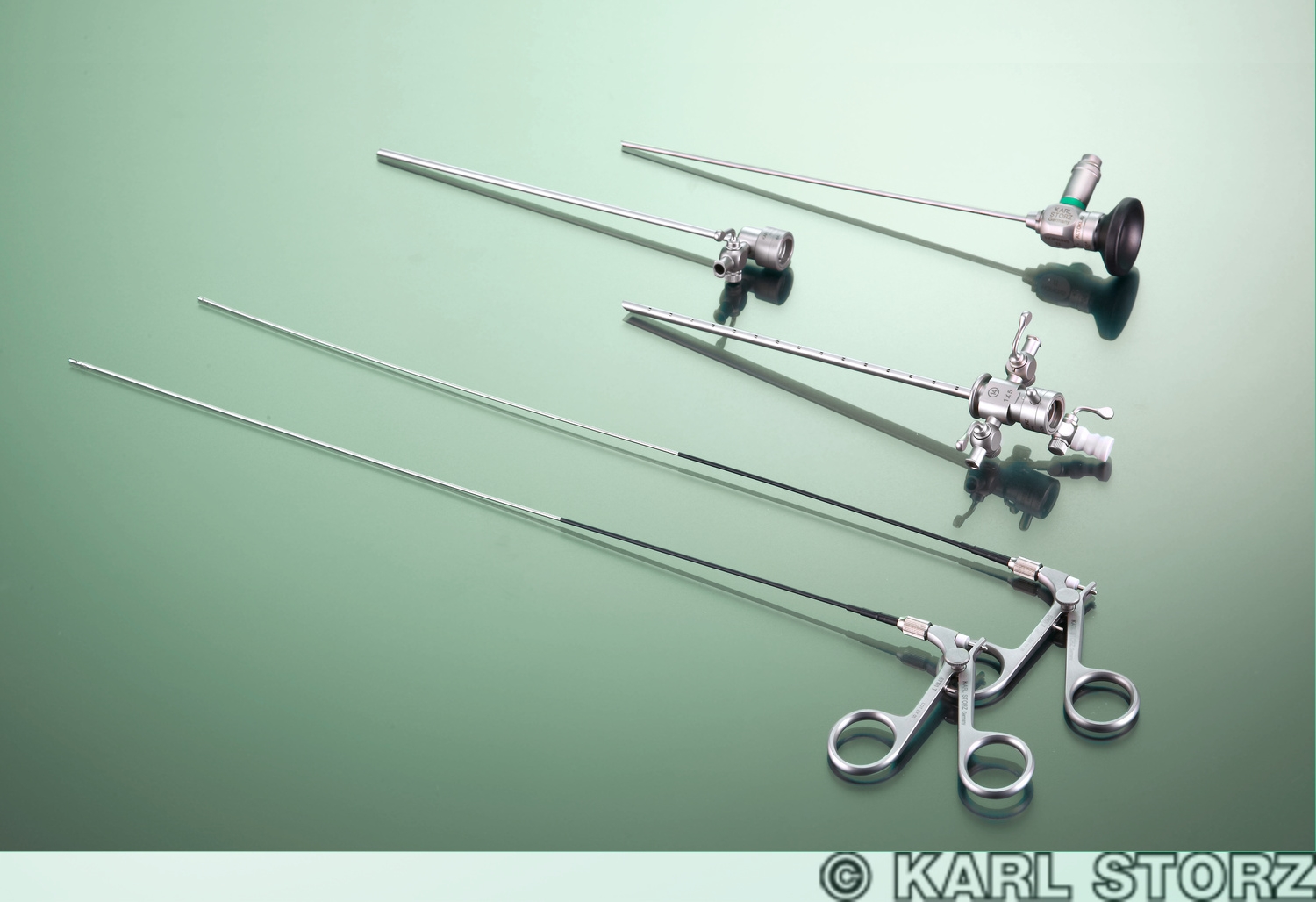
CANCELLATION POLICY
If a participant is unable to attend handling of registration fees will be addressed on a case-by-case basis.
